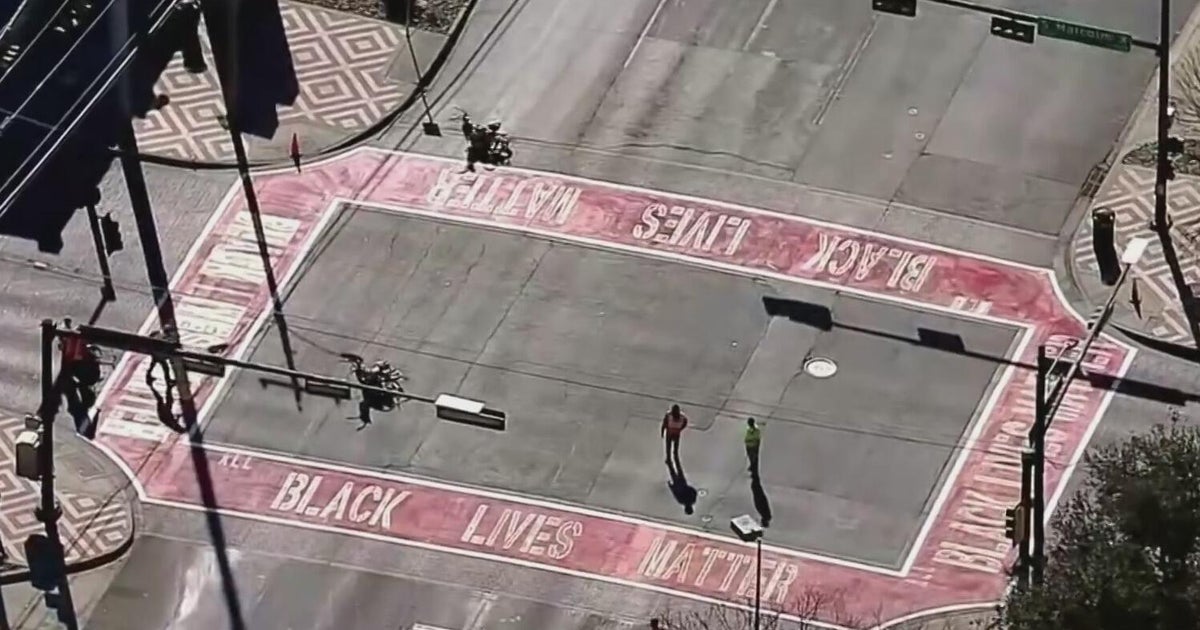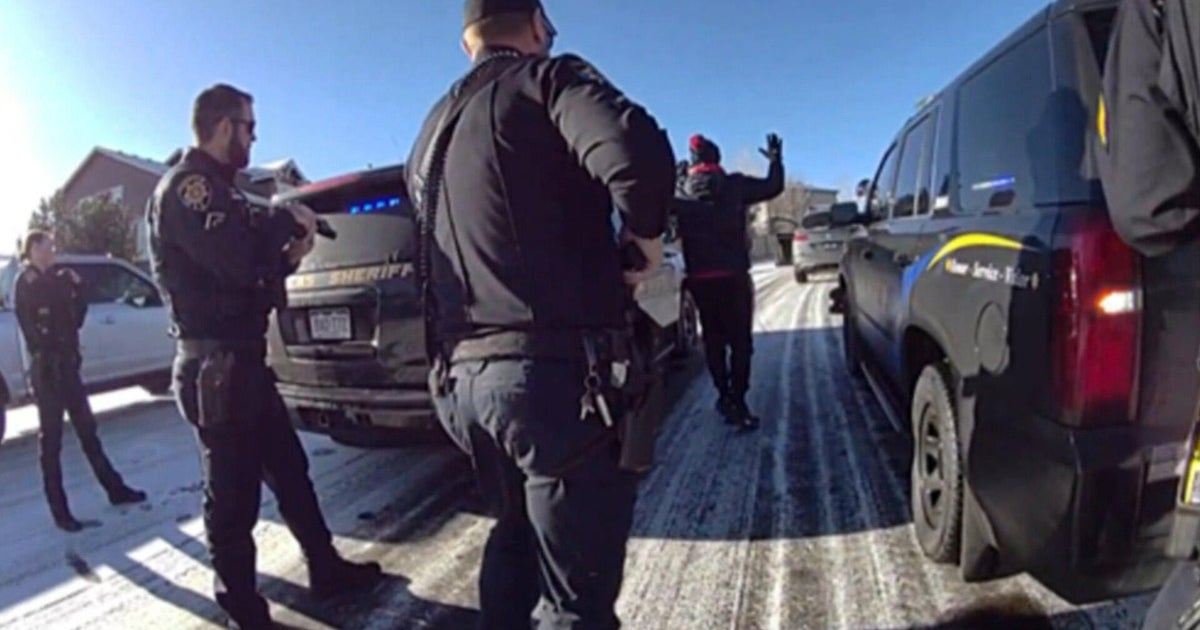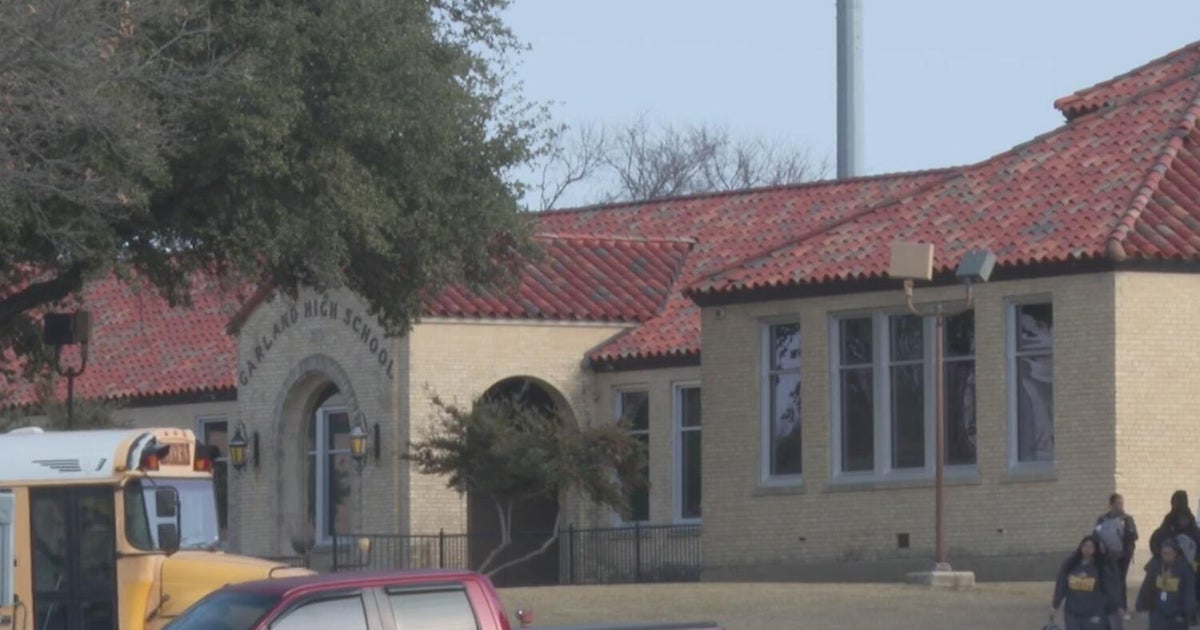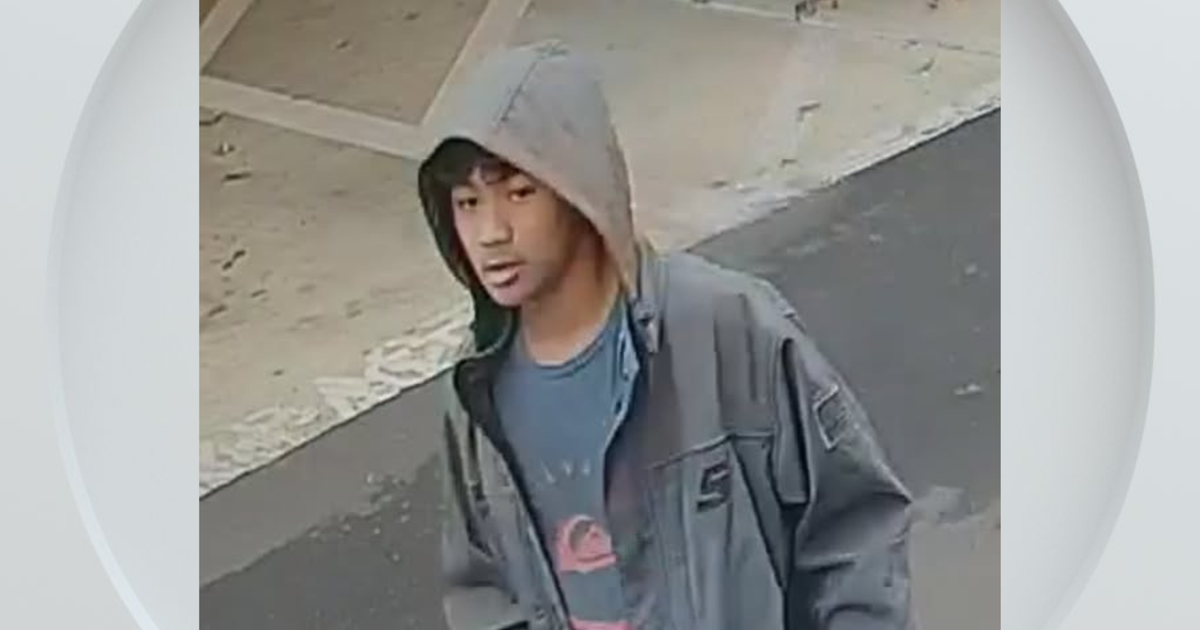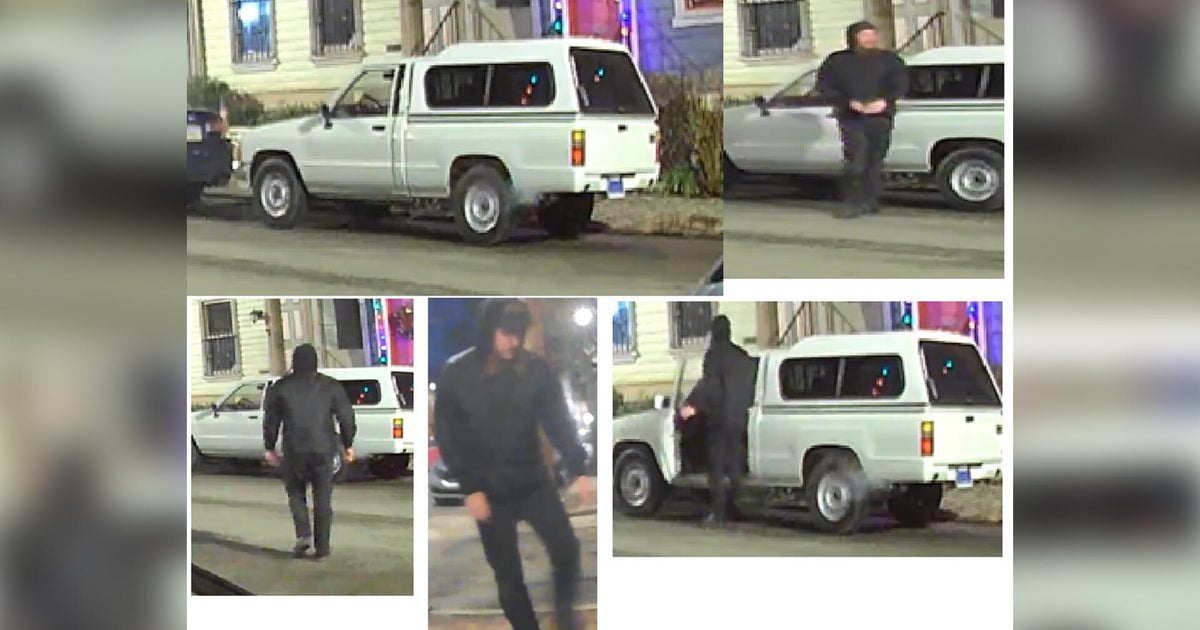Texas lab pieced together DNA to identify 'Lady of the Dunes'
By Mike Sullivan, WBZ-TV
PROVINCETOWN - Recently, FBI investigators were able to crack the case of the longest unidentified homicide victim in Massachusetts. She was known as the Lady of the Dunes. Her identity was discovered thanks to a lab in Texas.
Her name is Ruth Marie Terry, and she was brutally murdered in 1974. Her body was found lying in sand dunes near Provincetown. Investigators believe her killer removed her hands and nearly severed her head, in an attempt to make her harder to identify. Her remains were unidentified for 48 years.
This year the FBI called on Othram Labs to help piece together her DNA. They were sent pieces of her skeletal remains. Othram's CEO says the FBI sometimes comes to them after they have exhausted every avenue of identification.
"They may have tried anything on the case from facial reconstructions, to finger printing searches, dental records, pursued all of the leads possible," said David Mittelman, CEO of Othram Laboratories. "Problem comes when you have a case like this, and the bones were treated in formaldehyde. It's a preservative to preserve the remains, so they can be examined later on. The problem with formaldehyde is that while it does a wonderful job preserving the material, it basically damages the DNA. It dehydrates it and pulls all of the water out. It puts it in a fixed state. As you begin to dehydrate it, it breaks the DNA into pieces, and sometimes there are these big molecules that are proteins stuck on the DNA sequence."
Othram uses new technologies and special computers to weed through the clutter and piece the DNA back together. They have been using this technology on cases for some time. You can learn about other cases on their website DNASolves.com.
"That is what we specialize in. How do you take the most terrible forensic input DNA that is challenging or damaged, and so on, and produce from that a profile that would look as if you swabbed your cheek just the other day," said Mittelman. "You have to be able to build a DNA profile. If you can't build a DNA profile, you're out of luck. A lot of times these cases are stuck because they aren't able to develop enough of a DNA extract or DNA profile to move forward."
The FBI took that DNA sequence and put it through a genealogical database to find a relative of Terry's.
"When you compare your DNA profile for the unknown person to a bunch of known persons you need an apples-to-apples comparison," explained Mittelman, talking about how clear the DNA sequence must be to find a match. "You and I can be brothers, but if we have too much noise, I wouldn't see the relationship because my damaged profile would look too different."
Now just a week after making the discovery, investigators already have a lead. They are looking for any information about Terry's ex-husband Guy Rockwell Muldavin.

